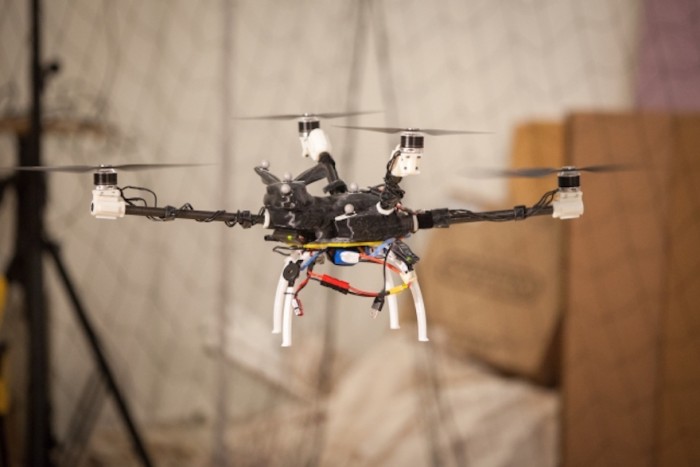
The quadcopter, propelled by four rotors, is the most well-known drone on the market right now. But we might be moving away from a one-size-fits-all model for drone design thanks to a new system from MIT’s Computer Science and Artificial Intelligence Laboratory (CSAIL). It is the first to allow users to design, simulate, and build their own custom drone.
According to a press release by the US-based tech innovators, users can change the size, shape, and structure of their drone based on the specific needs they have for payload, cost, flight time, battery usage, and other factors.
“This system opens up new possibilities for how drones look and function,” says MIT Professor Wojciech Matusik. “It’s no longer a one-size-fits-all approach for people who want to make and use drones for particular purposes.”
To demonstrate the new interface, researchers created a range of unusual-looking drones, including a five-rotor “pentacopter” and a rabbit-shaped “bunnycopter” with propellers of different sizes and rotors of different heights.
The interface simplifies the highly technical aspects of drone creation. For instance, it guarantees that the drones it fabricates can take off, hover and land by determining the needs associated with drone weight, shape, and control.
“Developing multicopters like these that are actually flyable involves a lot of trial-and-error, tweaking the balance between all the propellers and rotors,” says Du. “It would be more or less impossible for an amateur user, especially one without any computer-science background.”
The system mitigates this problem by allowing users to choose from a database of parts. Users are able to specify their needs for things like payload, cost, and battery usage.
The system computes the sizes of design elements like rod lengths and motor angles and looks at metrics such as torque and thrust to determine whether the design will actually work.
“This is the first system in which users can interactively design a drone that incorporates both geometry and control,” says Nobuyuki Umetani, a research scientist at Autodesk, Inc., who was not involved in the paper. “This is very exciting work that has the potential to change the way people design.”






